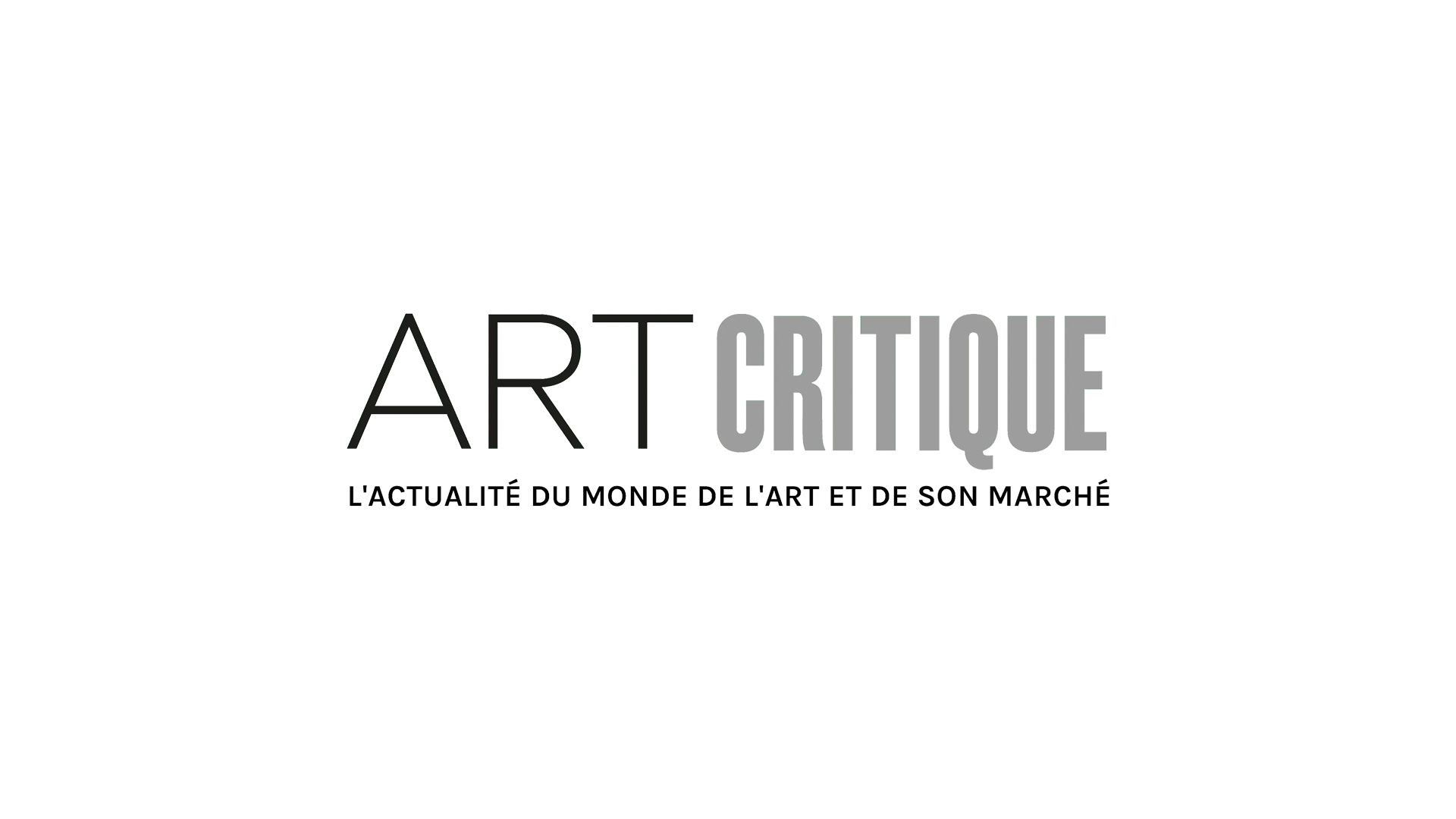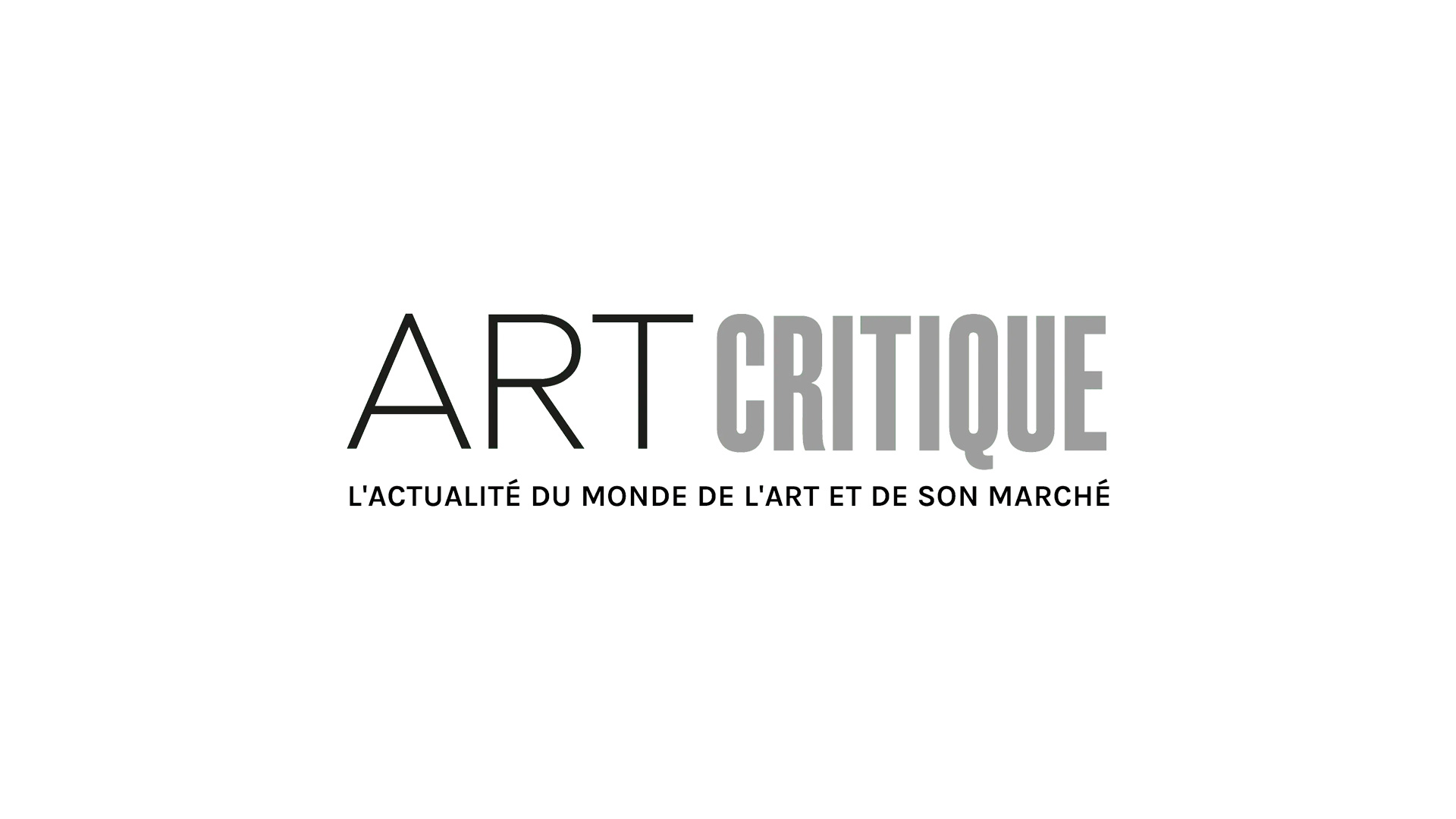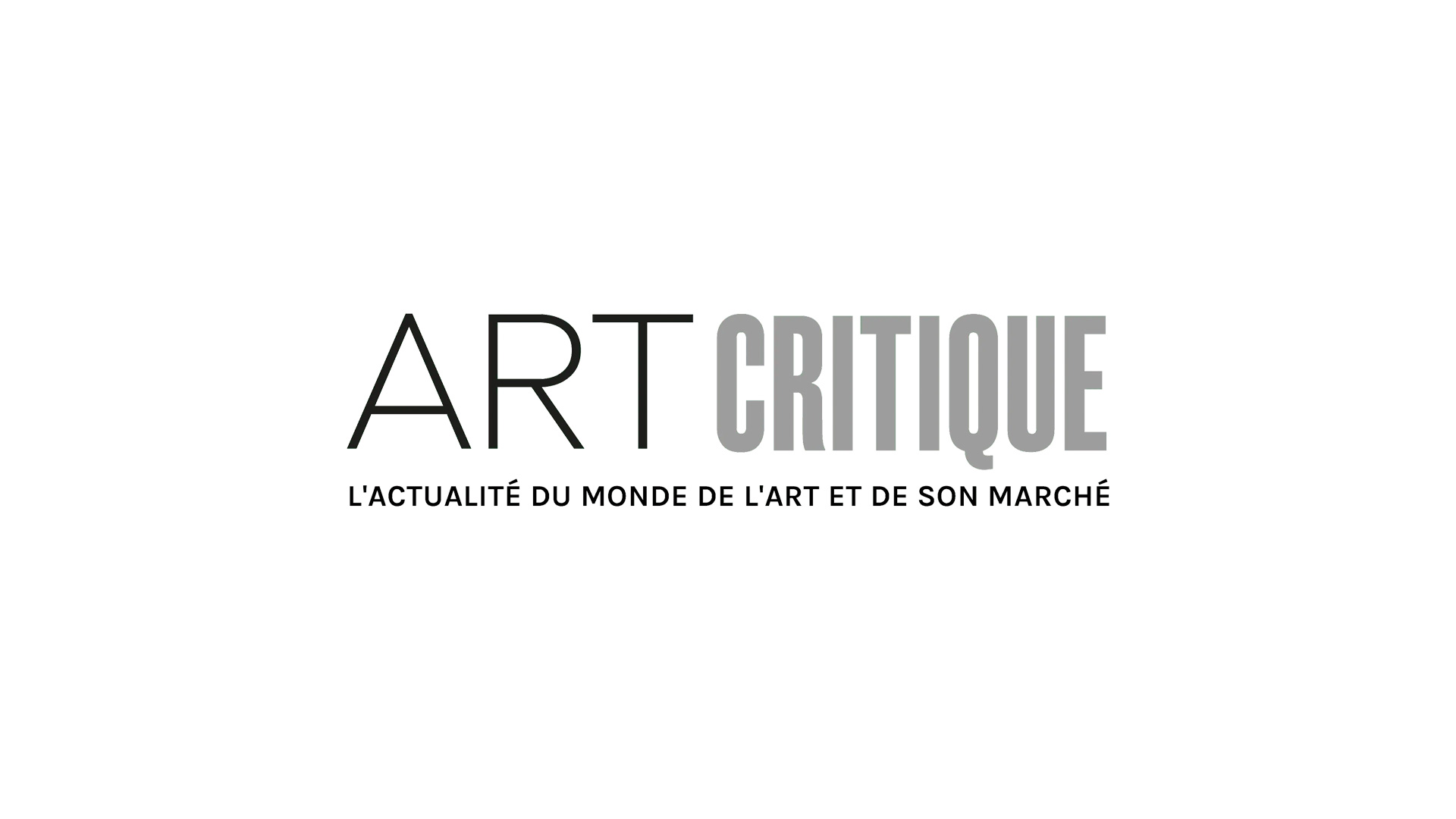Paul Ardenne is interested in all things modern; he’s even one of its best scholars. Perhaps the fact that he had already covered this field so well is why he chose to abandon it – at least temporarily – in favour of the drag strip (a paved track with excellent grip). Now, unexpectedly, he has published an essay focusing on the sport, accompanied by magnificent photos by videographer Ali Kazam entitled Apologie du dragster, l’espace-temps intense.
This essay, basically like a run, meaning it’s like the race that dragsters face against time, is a thrill to read. Paul Ardenne provides a broad overview, covering the 1930s until today, of the history of this mechanical acceleration sport whose goal is to travel, as quickly as possible, a distance of a ¼ mile (402 m), an 1/8 of a mile or even 1,000 ft. (305m) while driving a four-wheeled (top fuels) or two-wheeled (drag bike) vehicle. However, this is more than a story, it’s a movement, where the community of drivers is compared to a helmet-wearing “knighthood”. With the precision of a true enthusiast, Ardenne relates all of the successes and, sometimes deadly, failures, of these knights whose king is Samuel Miller. One day at Santa Pod day in July 1984, Samuel Miller set a record driving Vanishing Point which remains unsurpassed: travelling an 1/8 of a mile in 1.7 seconds and a quarter of a mile in 3.58 seconds meaning a finishing speed of 621.61 km/h. This incredible journey in intensity abides by Baudelaire’s command to “speed up life which flows so slowly” (Le Spleen de Paris, 1868).

If acceleration is a lifestyle then excess is the means to achieve it. And excess is precisely what Vanishing Point is all about. It’s a monument to operational aesthetics and nothing less than a hydrogen peroxide-powered rocket engine mounted on four wheels … The car doesn’t possess just any ordinary engine but one that “served to pull the American rockets of the Apollo space program from the earth’s gravity, sending men into spatial orbit and one that contributed to their ability to set foot on the moon”! What better way could there be of saying that a drag racing driver (who usually is also the one who designed it) is subject to hubris, the excess that offends the gods?
If acceleration is a lifestyle then excess is the means to achieve it. And excess is precisely what Vanishing Point is all about. It’s a monument to operational aesthetics and nothing less than a hydrogen peroxide-powered rocket engine mounted on four wheels … The car doesn’t possess just any ordinary engine but one that “served to pull the American rockets of the Apollo space program from the earth’s gravity, sending men into spatial orbit and one that contributed to their ability to set foot on the moon”! What better way could there be of saying that a drag racing driver (who usually is also the one who designed it) is subject to hubris, the excess that offends the gods?
This is where Paul Ardenne begins to venture beyond the subject matter, transforming drag racing into the expression of an overall attitude about existence. Against the current zeitgeist which disapproves of waste, gas and melted rubber, the author defends Georges Bataille’s notions of unproductive expenses, competition and self-transcendence. Excelling oneself is not an obsession, but if it is it’s a magnificent obsession, the kind that drives mountain climbers to reach mountaintops and leads soldiers out of the trenches. More accurately, it is a “heroic disposition”. It is a quest for the absolute, a vain search since the driver tries to “reverse elapsed time by only holding onto occupied space”, drag racing nurtures the act of human greatness. Only base souls will disagree. How many are they? It might be shocking to learn the number of converts to downsizing, to veganism or to anti-speciesism. However, Paul Ardenne stands strong in the face of them. “Being intense or not being. Drag racing shows us the way.”, he affirms, “Drag racing teaches us about life”.
Paul Ardenne (with photos by Ali Kazma) Apologie du dragster, l’espace-temps intense, Le Bord de l’eau, 2019, 20 €.






